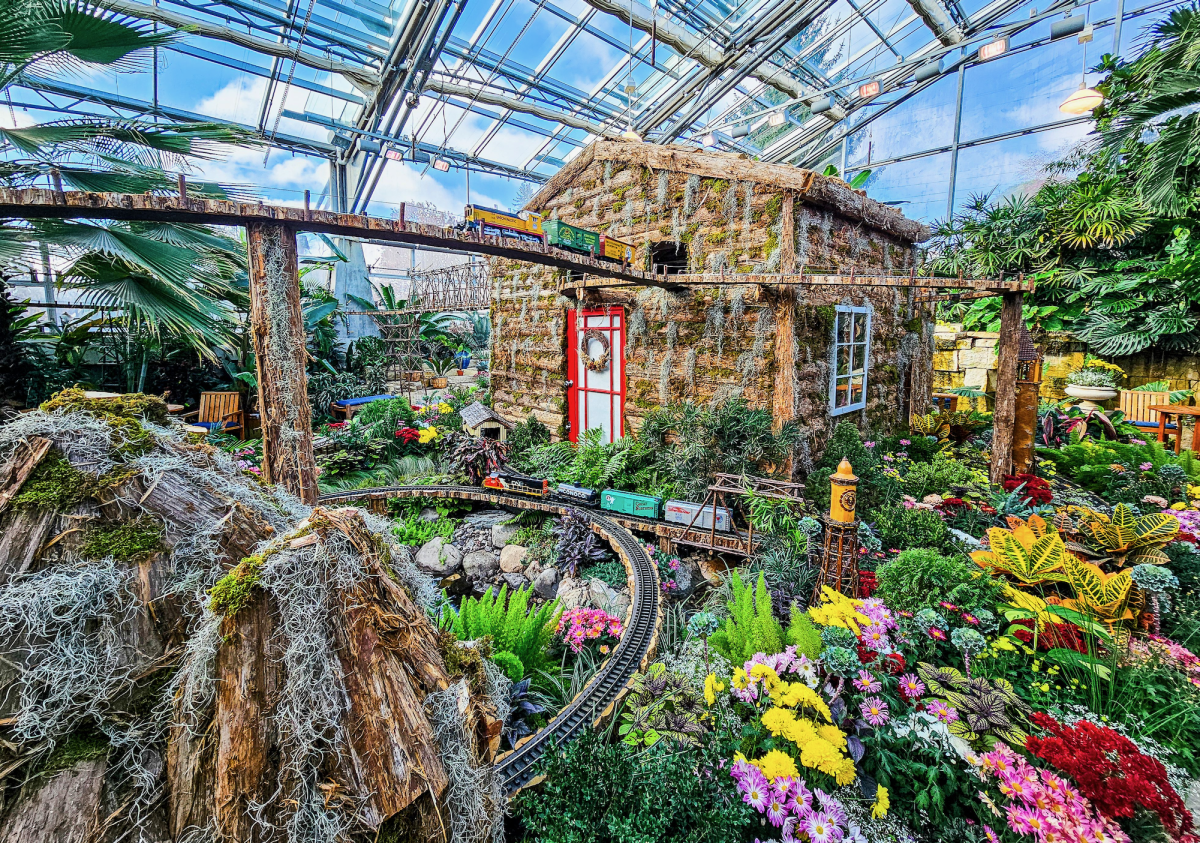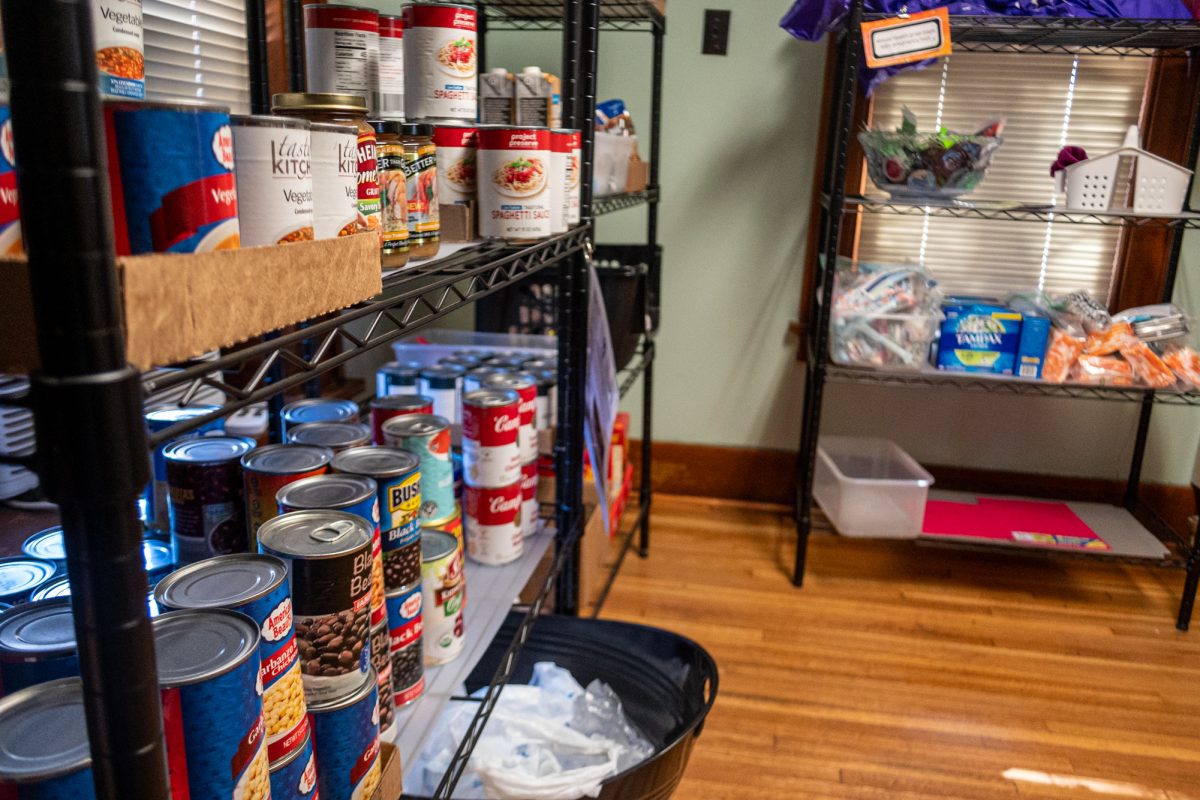Anthropology students get field experience at Logansport site
October 23, 2000
Anthropology students have extended beyond the pages of their textbooks and into the archeology field to dig up remnants of past cultures in a small town near Boone.
Students in Anthropology 308 have spent two weekends this month working on an archeological field study in Logansport, a small town along the Des Moines River near Boone.
In the past, Logansport was occupied by cultures from the Woodlands tradition and the Great Oasis period. More recently, it was home to a small mining town.
Nancy Coinman, associate professor of anthropology, accompanied the group to the site this month. She said the project is a requirement for the class, which is one of four core courses for anthropology majors.
“We find the site, then mark out 10-by-10-foot squares,” said Rachel Studer, sophomore in anthropology.
“We take off the top soil and work with trowels to find pieces of pottery and stone. When we find an artifact we classify it, put it into a bag and take it back to the lab.”
Coinman said all of the artifacts are collected systematically and their locations are mapped out. “They’re cleaned, cataloged and curated,” she said. “Then they become available for study and are part of a report written up after the project.”
Students in the course participate in a weekly two-hour lab. Prior to the project, the lab included an orientation to Logansport, as well as information on the history and pre-history of the region, Coinman said.
Typically, the students find pieces of pottery, stone tools and hunting points, commonly known as arrowheads. Students also find remnants from the mining tools used in the more recent history of the area.
“We found a really good piece of pottery. It was from the Great Oasis period, and that was pretty exciting for us,” Studer said. “I love this. It’s my field, and this is great experience for me.”
Students in anthropology go into four different subfields. Many, such as Studer, hope to work in archeology, and Coinman said it is practical experience for the students’ future careers.
“This project provides an introduction to field technology and is an example of what it is like to work in the field,” Coinman said. “This is a typical activity in the field.”
The artifact digs have been part of the anthropology program since the late 1970s. The location varies from year to year, but they often return to Logansport.
“Logansport is close by, easily accessible, and students find interesting artifacts. It’s an experience the students just can’t get in the classroom,” Coinman said.






